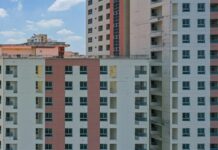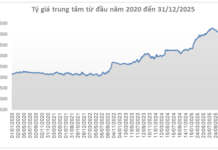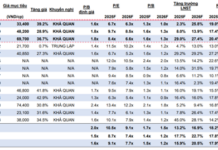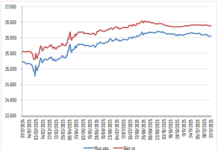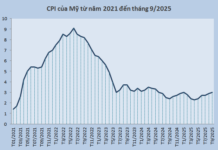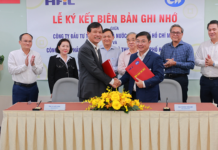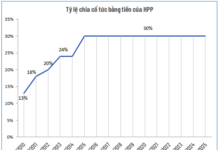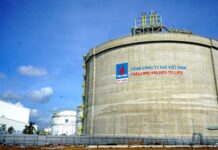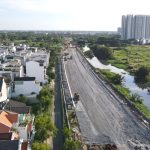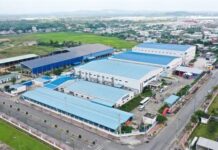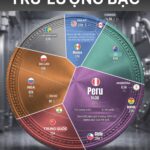Regarding the adjustment of the land price framework according to Decision No. 02/2020, or the current land price framework, the Ho Chi Minh City Department of Natural Resources and Environment has reported to the Ministry of Natural Resources and Environment on the content and implementation methods.
According to the Department of Natural Resources and Environment, the Land Law of 2024, which took effect on August 1st, stipulates that the land price framework is applied to 12 cases to perform administrative procedures. This includes land prices for resettlement purposes.
The new Land Law also stipulates that the current land price framework will continue to be applied until December 31st, 2025. If necessary, the People’s Committee of the provincial level can decide to adjust the land price framework to match the actual land price situation in the locality.
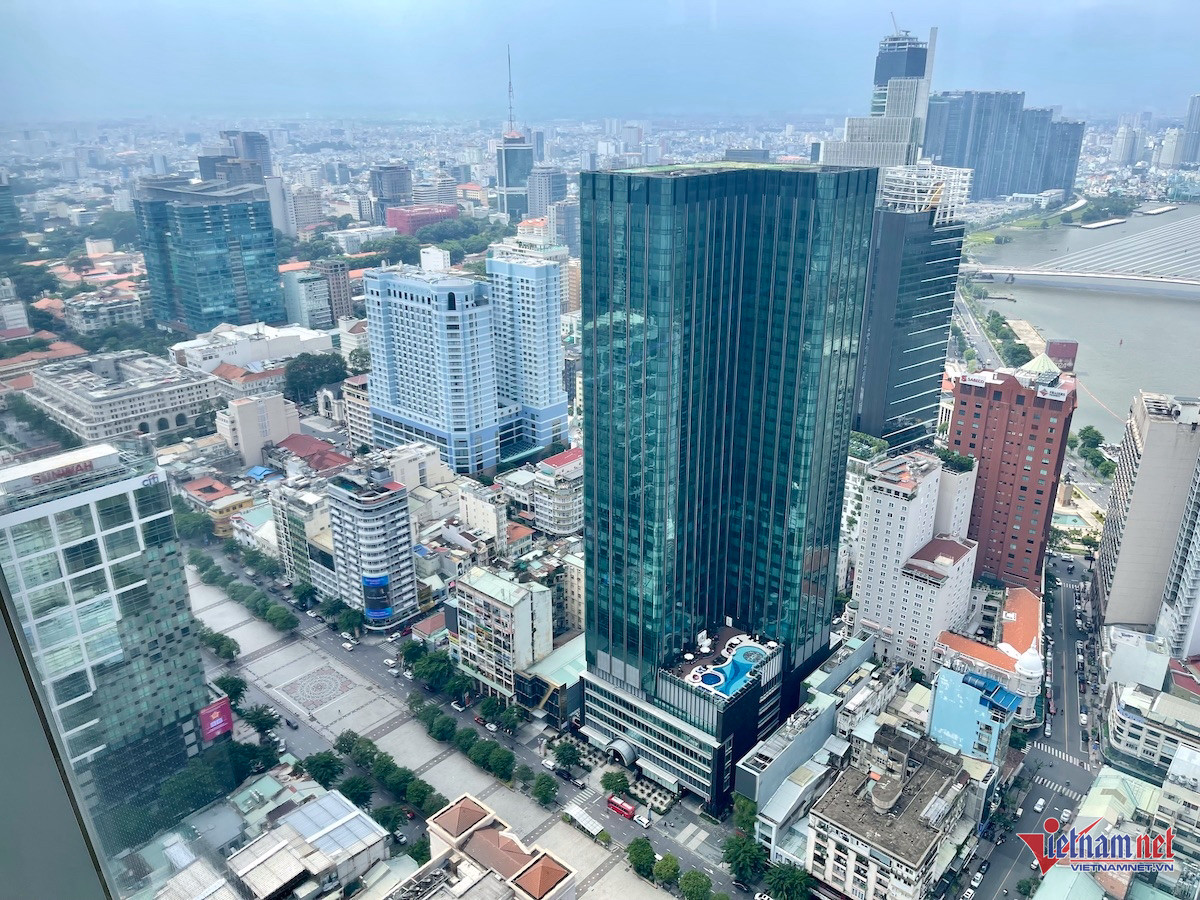
According to the adjusted land price framework, the land price on Nguyen Hue Street, District 1, Ho Chi Minh City, is VND 810 million per square meter. Photo: Ngoc Thanh |
In comparison with the above regulations, from August 1st, 2024, to December 31st, 2025, Ho Chi Minh City will continue to apply the current land price framework or adjust this framework to match the actual land prices in the city.
If the land price framework is adjusted, the Ho Chi Minh City Department of Natural Resources and Environment believes that the valuation must ensure market principles as stipulated in the 2024 Land Law. In that case, the price framework will not be limited by the price range and will not apply the price adjustment coefficient (K coefficient) issued annually as before.
Given this situation, the Party Committee has agreed to direct the People’s Committee of Ho Chi Minh City to coordinate with the Department of Natural Resources and Environment and other departments and localities to analyze the options for adjusting the land price framework. Four options were proposed.
Option 1: Keep the land price framework unchanged. The limitation of this option is that the land price is limited by the price range, so the maximum price in a special urban area like Ho Chi Minh City is only VND 162 million per square meter.
However, the actual land transaction price in the market is higher, so when building the price list, it is necessary to adjust it down. This leads to very low land prices that have not yet approached the market price.
If the current price list is maintained, there will be a significant discrepancy with the approved actual compensation price. For example, the land price in the current price list on Nguyen Duy Trinh Street, Thu Duc City, is VND 4.2 million per square meter, while the actual compensation price is VND 73 million per square meter.
Keeping the current price list will also lead to unfair treatment for land users. For instance, the land price for resettlement in Thu Duc City for households affected by the Ring Road 3 project is VND 51 million per square meter, while the price in the land price list is only VND 1.5 million per square meter.

After analyzing the four options, the Department of Natural Resources and Environment chose to adjust the land price framework to match the market price. Photo: Hoang Ha |
Option 2: Adjust by multiplying the price in the current land price framework by the latest K coefficient. The result still differs significantly from the actual compensation price. Besides, it will be unfair to cases that have been resettled before.
Option 3: To address the lack of resettlement land prices, for roads expected to be used for resettlement, adjust land prices according to actual prices. For roads already included in the current price framework, calculate the land price by multiplying the price by the K coefficient.
If the land price for roads already included in the current price framework is calculated by multiplying the price by the K coefficient, there will be limitations similar to Option 2. Meanwhile, adjusting the land price on roads expected to be used for resettlement according to actual prices will result in two significantly different price levels on the same road or in two adjacent residential areas, even though the infrastructure conditions are the same.
Moreover, there will be unfair treatment among land users. Previously, the price of resettlement land was determined based on market prices, but now it must be based on the land price framework.
Option 4: Adjust the land price framework according to the 2024 Land Law to match the actual land price situation in Ho Chi Minh City. This is the option chosen by Ho Chi Minh City to develop a draft decision to adjust the land price framework.
The data source for this option is selected from sources such as compensation prices, specific prices approved by localities, actual transfer prices from land registration agencies and tax departments.
According to the Ho Chi Minh City Department of Natural Resources and Environment, based on Decree No. 71/2024, the Department adjusts the land price framework in seven steps: selecting a pricing organization; adjusting land prices; collecting feedback on the draft decision to adjust the land price framework; submitting it to the appraisal council; the Department will then synthesize, explain and finalize before submitting it to the City People’s Committee for decision.
Anh Phuong
Comprehensive regional connectivity
In addition to building strong physical infrastructure, Ho Chi Minh City needs to strengthen its soft connections with other provinces in the region in order to promote economic development. This includes prioritizing the training of skilled workforce and ensuring access to quality healthcare.
Emotional Kieu people when admiring Ho Chi Minh City from Metro Line 1
Ho Chi Minh City has undergone a remarkable transformation since the day I left. It now boasts a completely different appearance, exuding a fresh and vibrant energy. This sentiment was captured by Mr. Nguyen Duong Nam Phuong, a Vietnamese American, who was amazed by the city’s newfound liveliness.






